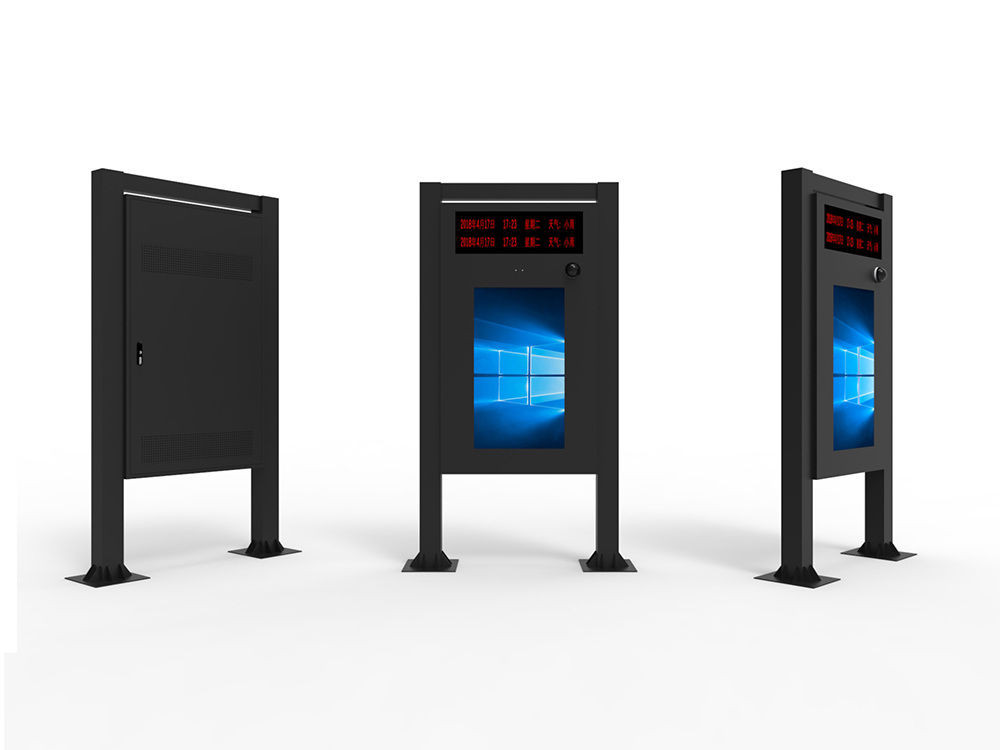
In today's digital era, digital signage has become an essential component of various industries, from retail to healthcare, education to hospitality. It not only enhances the customer experience but also provides valuable information and promotional content. However, to ensure optimal performance and reliability, proper maintenance of digital signage systems is crucial. This guide aims to provide a comprehensive understanding of digital signage maintenance, ensuring that your digital signs remain operational and effective.

Understanding Digital Signage
Before diving into maintenance, it's essential to understand what digital signage is and how it works. Digital signage refers to the use of electronic displays to show information, advertising, or any other form of digital media. These displays can be standalone or part of a network, managed individually or centrally from a remote location. The basic components of a digital signage solution include:
Display: Typically, high-definition flat-panel screens (LCD or plasma) capable of handling a wide range of media inputs.
Content management: Digital media players capable of managing video graphics, web feeds, and other sources of content.
Content: Video, graphics, web feeds, and other media sources, often developed in-house or by a media agency.
Network: Local area network (LAN) or wide area network (WAN), wired or wireless, for content delivery and management.
Importance of Maintenance
Regular maintenance of digital signage systems is crucial for several reasons:
Reliability: Ensures that displays are always operational, minimizing downtime.
Performance: Keeps the systems running efficiently, enhancing the overall user experience.
Longevity: Prolongs the lifespan of hardware components, reducing the need for frequent replacements.
Security: Protects against potential vulnerabilities, ensuring that sensitive information remains secure.
Maintenance Checklist
1. Routine Inspections
Regular inspections are the foundation of any maintenance plan. These should include:
Visual Checks: Look for any physical damage to the displays or surrounding hardware.
Connectivity: Ensure that all cables are securely connected and free from damage.
Software Updates: Check for and install any available software updates to the content management system and digital media players.
2. Cleaning and Dust Removal
Dust accumulation can significantly impact the performance and lifespan of digital signage hardware. Regular cleaning should include:
Display Screens: Use a microfiber cloth to gently wipe the screen, avoiding any harsh chemicals that could damage the surface.
Ventilation: Ensure that all ventilation openings are free from dust and debris to prevent overheating.
Cables and Connections: Clean any dust from cables and connectors to maintain a good connection.
3. Hardware Maintenance
Hardware components require regular attention to ensure optimal performance:
Power Supplies: Check for any signs of overheating or physical damage.
Cooling Systems: Ensure that fans are operating correctly and free from obstructions.
Mounting Brackets: Inspect for any signs of wear or damage, ensuring that the displays are securely mounted.
4. Content Management
Managing the content displayed on digital signs is equally important:
Regular Updates: Ensure that content is regularly updated to keep it relevant and engaging.
Scheduling: Use content management software to schedule content playback, minimizing manual intervention.
Quality Control: Review content before deployment to ensure that it meets quality standards and is free from errors.
5. Network and Security
Maintaining the network and ensuring security are vital aspects of digital signage maintenance:
Network Connectivity: Regularly check network connectivity to ensure that content is delivered without interruptions.
Firewalls and Antivirus: Install and regularly update firewalls and antivirus software to protect against potential threats.
Access Control: Restrict access to the content management system and digital media players to authorized personnel only.
6. Backup and Recovery
Having a backup and recovery plan in place can save significant time and resources in the event of a failure:
Regular Backups: Schedule regular backups of all critical data and content.
Offsite Storage: Store backups offsite to prevent data loss in the event of a local disaster.
Recovery Plan: Develop and test a recovery plan to ensure that systems can be quickly restored in the event of a failure.
Advanced Maintenance Strategies
For more complex digital signage systems, advanced maintenance strategies may be necessary:
1. Predictive Maintenance
Predictive maintenance involves using data analytics to predict potential failures before they occur. By monitoring key performance indicators (KPIs) such as hardware usage, temperature, and performance metrics, you can identify patterns that may indicate an upcoming issue and address it proactively.
2. Remote Monitoring
Remote monitoring allows you to keep an eye on your digital signage systems from anywhere in the world. Using remote monitoring tools, you can check the status of displays, content playback, and network connectivity, and receive real-time alerts for any potential issues.
3. AI and Machine Learning
Artificial intelligence (AI) and machine learning (ML) can be used to optimize the performance and reliability of digital signage systems. By analyzing data from multiple sources, AI and ML algorithms can predict maintenance needs, identify patterns, and suggest improvements to the system.
Proper maintenance of digital signage systems is crucial for ensuring optimal performance, reliability, and longevity. By following a comprehensive maintenance plan that includes routine inspections, cleaning, hardware maintenance, content management, network security, backup and recovery, and advanced strategies such as predictive maintenance, remote monitoring, and AI/ML, you can keep your digital signs running smoothly and effectively. Remember, a well-maintained digital signage system not only enhances the customer experience but also reflects positively on your brand and reputation.
Current article link: https://www.lcdkiosk.com/news/1162.html

Tel
